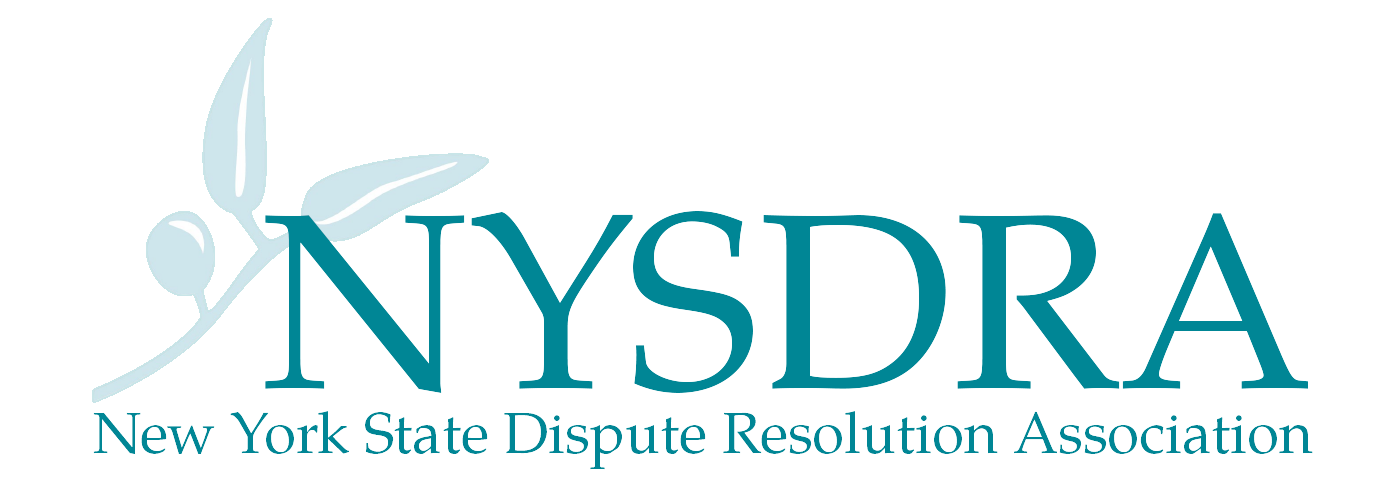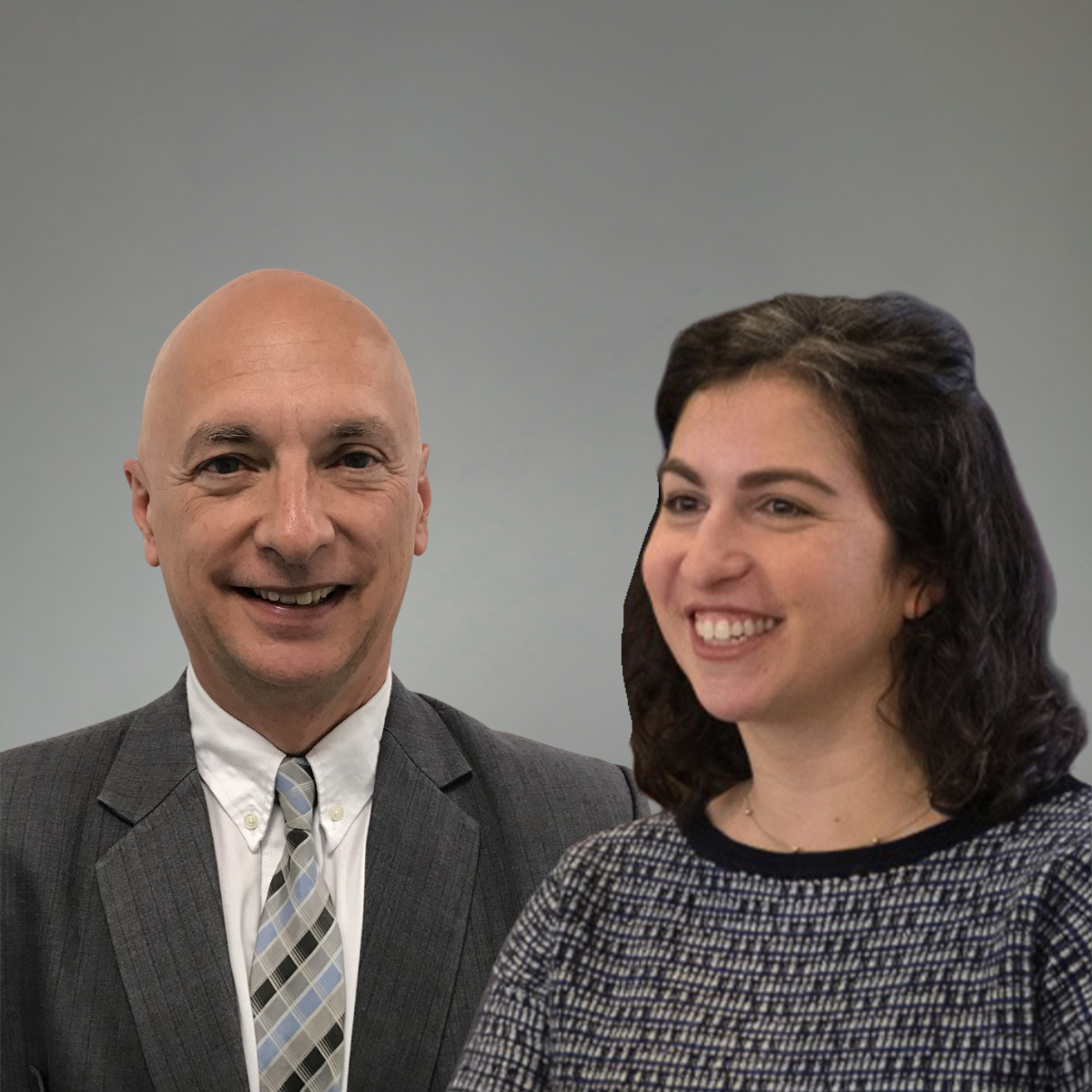The Evolution of a Conflict Center & What That Means for Conflict Professionals (CLE)
The Center for Creative Conflict Resolution at OATH is approaching its 10 year anniversary. We’d like to reflect on how we came into existence, celebrate the strides we have made in city government, and examine how our own evolution can advance the way we as conflict professionals think of ourselves.
The Center for Creative Conflict Resolution has served as the central conflict resource for New York City government, its agencies, employees, unions and the public they serve since 2016. The Center works to create positive change in the ways conflicts are managed and resolved within New York City government. The Center’s origin idea was to be a place for government employees to mediate workplace conflict. We have grown tremendously, offering a wide variety of conflict resolution services and slowly changing the workplace culture. For example, now each city agency has an “Alternative Dispute Resolution Coordinator” embedded into their organization. This ADRC is instructed to look at how their agency approaches conflict, internally and externally, and to liaise with the Center to see where ADR and restorative practices can be interwoven into their work. Drawing from restorative practices, we have also adopted a relational framework, which has expanded our creativity and service offerings and focused our work on the relational rupture and needs that accompany conflict dynamics.
These examples of how the Center has evolved and gotten creative about conflict work we hope will spur conversation and discussion on how individuals can think about their own conflict practice and/or their organization’s conflict practices. To accomplish this goal, we would present for 20 minutes, create community building rounds for participants to discuss in small groups for 20 minutes, and leave the final 10 minutes for open discussion and questions.
About Hon. Judge Ray Kramer
Judge Kramer serves as the Center's Executive Director and Director of the Administrative Judicial Institute at OATH, the mission of which is to provide ongoing educational programs, training and workshops to New York City administrative law judges and hearing officers. An Administrative Law Judge and Mediator, Judge Kramer leads the Center's Dispute Systems Design initiative. He has many years of experience mediating in the Family Court and workplace contexts and assisting parties in settling matters before OATH. He holds an Adjunct Professor post at New York University Law School, where he co-teaches the Mediation and Advanced Mediation: Dispute System Design Clinics, and New York University's School of Professional Studies, where he teaches Dispute Resolution and Conflict Management in the Master's Degree Program in Human Resources.
About Halley B. Anolik, Esq.
Halley B. Anolik, Esq. serves as the Center's Director of Education and Training. In this role, Halley oversees, creates, and delivers trainings to city agencies and their employees on ways to understand and incorporate conflict resolution and restorative practices’ theory and skills into their workplace relationships. Prior to joining the Center, Halley worked at New York Center for Interpersonal Development where she mediated a variety of case types, collaborated with courts, schools and various community groups to implement mediation programs and provided training in conflict resolution. Halley graduated cum laude from Benjamin N. Cardozo School of Law with a concentration in Alternative Dispute Resolution and currently holds an Adjunct Professor post at New York Law School, where she directs their Mediation Clinic.

